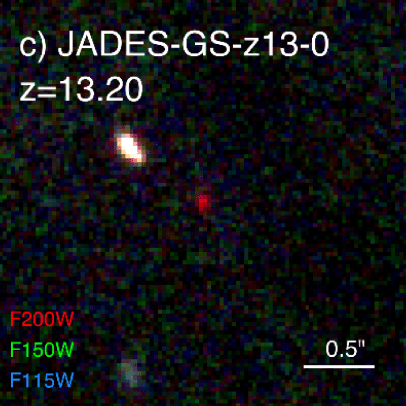
Continue reading
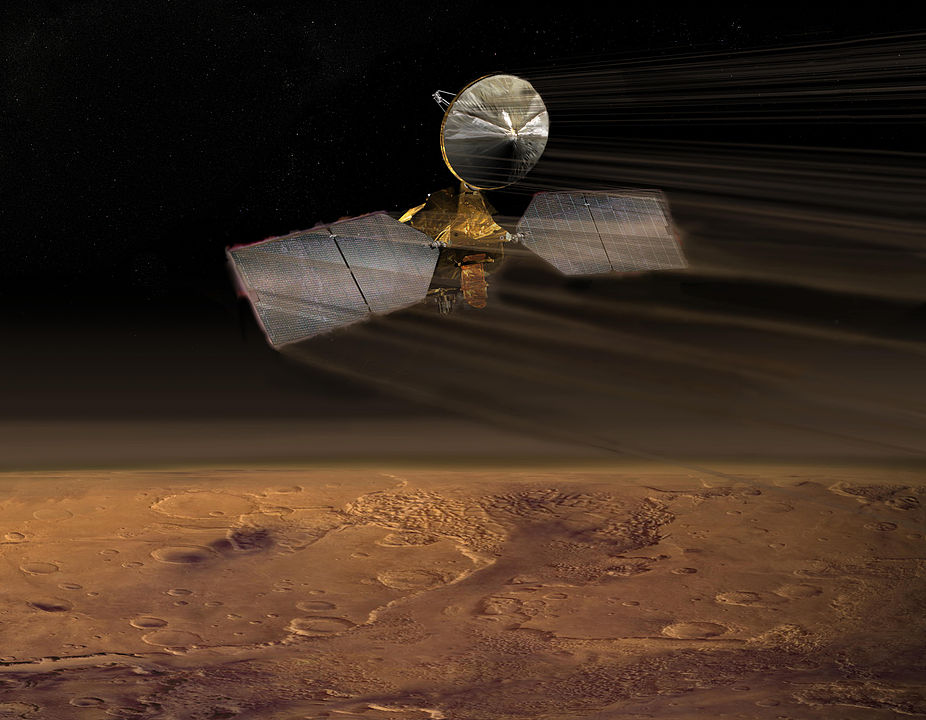
Continue reading
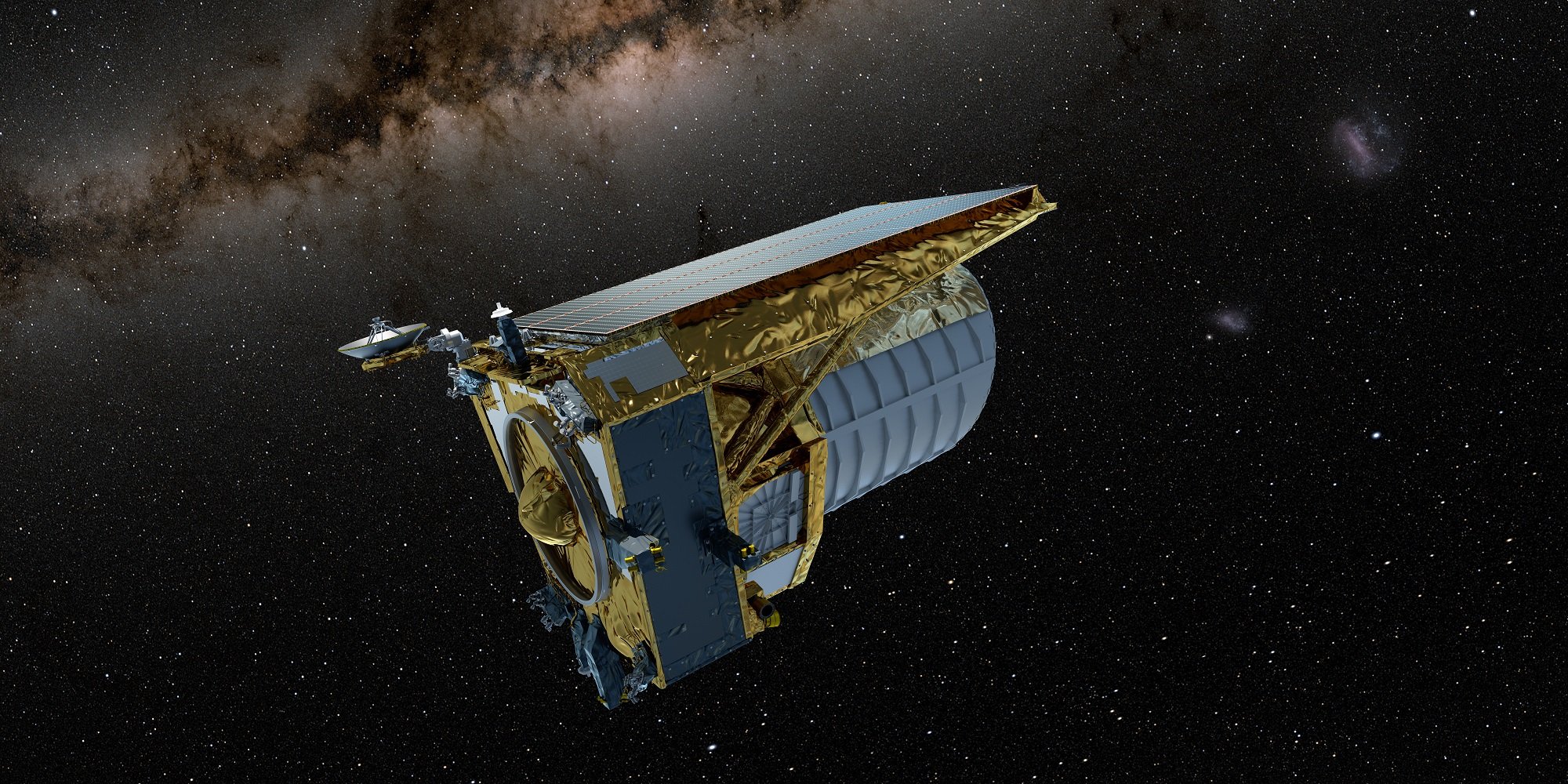
After a bit of a hiccup with its navigation system, Euclid has found its navigation stars and is pointed the right way again.
Continue reading

Pulsars are so dependable you could set your watch to them, sometimes turning hundreds of times a second with incredible accuracy. One well-studied pulsar suddenly unleashed a torrent of radiation 200 times more energetic than anything astronomers had seen from this object before. The radiation levels were so high that it challenged established theories about how particles are accelerated by the powerful magnetic fields surrounding the pulsar. What's going on?
Continue reading
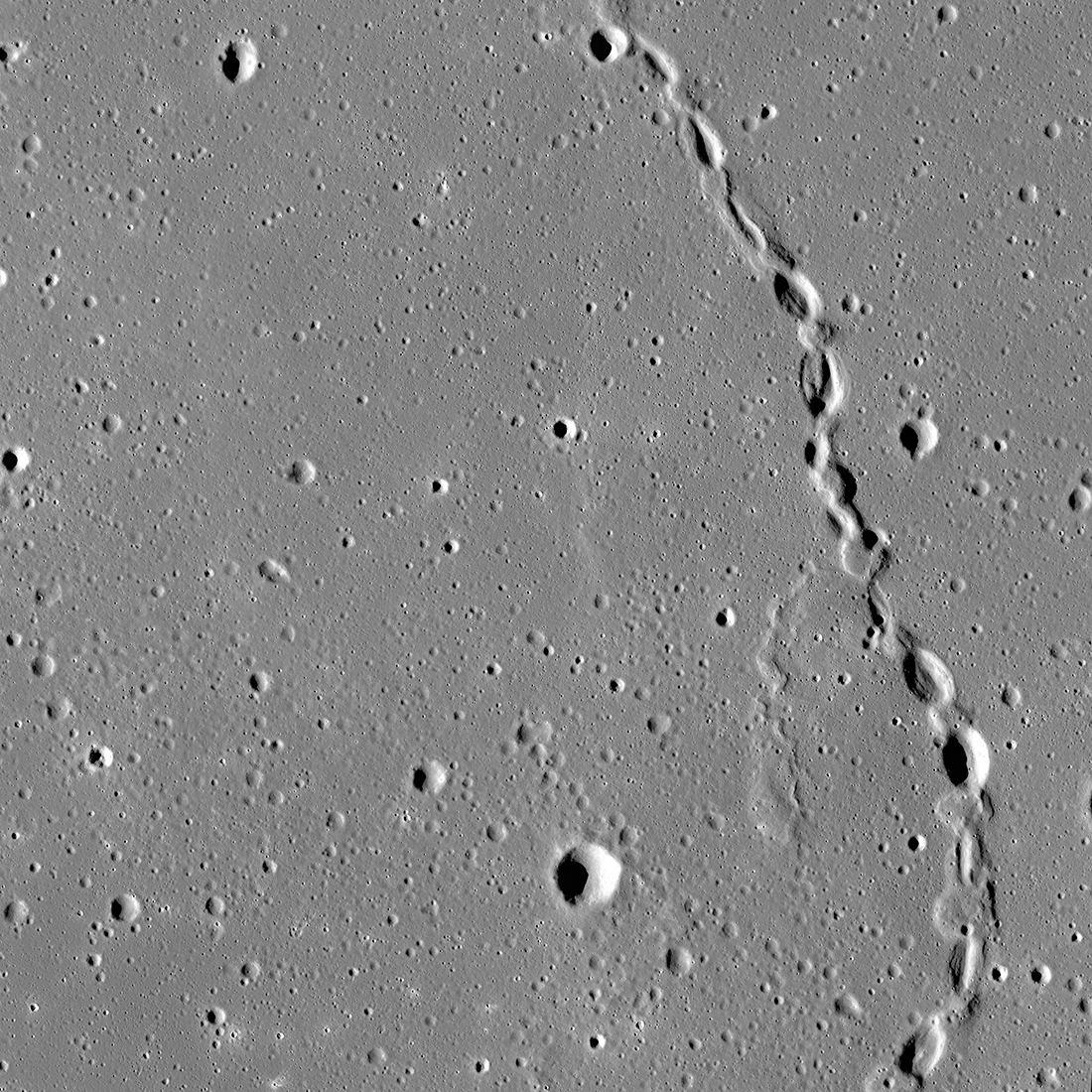
NASA's Lunar Reconnaissance Orbiter (LRO) captured fascinating images of a feature on the Moon that could be a collapsed lava tube.
Continue reading
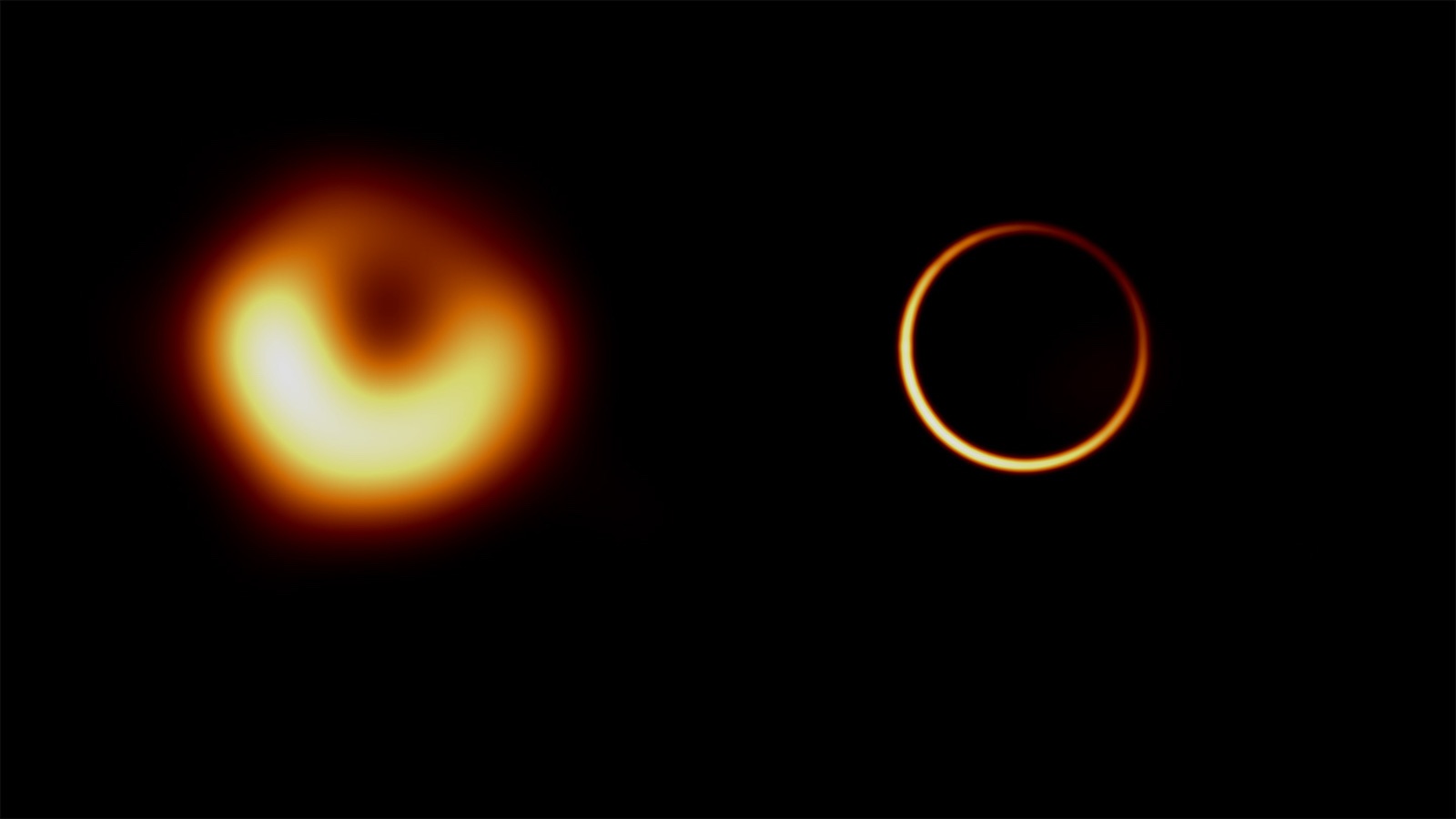
In 2019, the Event Horizon Telescope gave us the first-ever image of a black hole's event horizon, revealing the area around the heart of M87. The event horizon is the closest we've seen to a black hole, but not the closest we can see. That would be the photon ring, where light itself is pulled into orbit around the black hole. To build an observatory that can see the photon ring, we'll have to extend the Event Horizon Telescope to space, creating an even larger virtual telescope that might include the Earth and various Lagrange points.
Continue reading
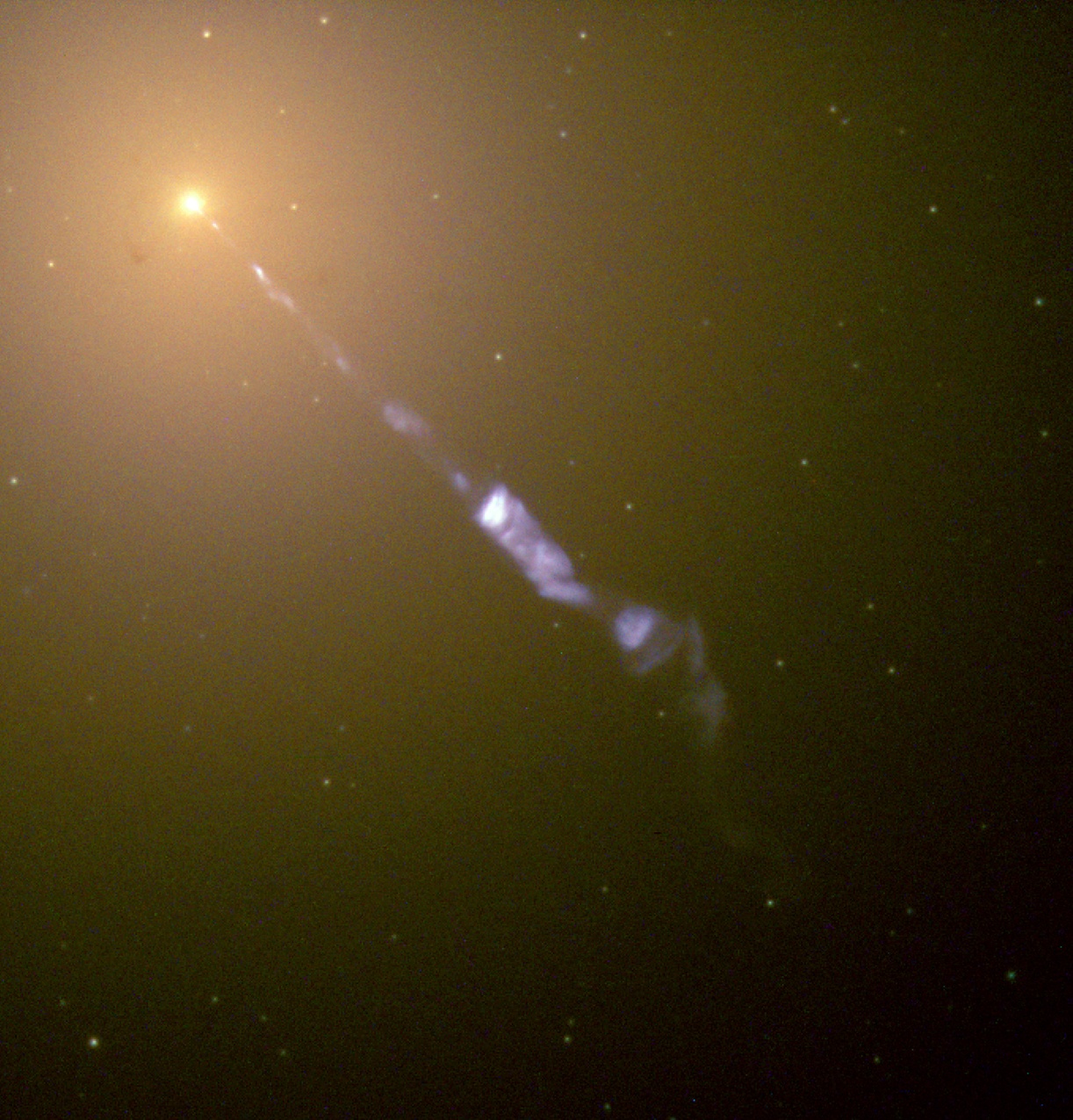
Continue reading
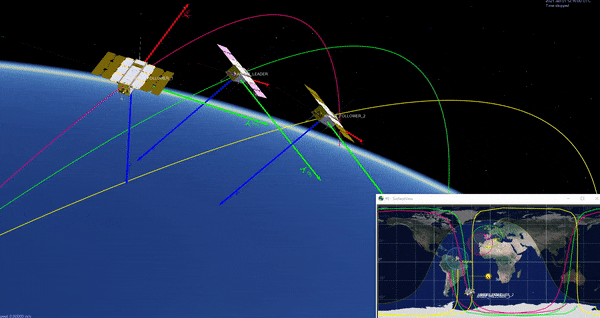
Continue reading

Continue reading

Visible and infrared astronomers are concerned about light pollution from satellite megaconstellations, and radio astronomers should be concerned too. A team of astronomers used radio telescopes in Australia to image the sky as Starlink satellites overhead. The tests were done at the future Square Kilometer Array facility in Western Australia, using prototype stations that will become part of the array. According to the team, the satellites were easily detectable, and they could see them performing periodic bursts and steady transmissions. When the full SKA comes online, satellites will be another source of radio interference to contend with.
Continue reading
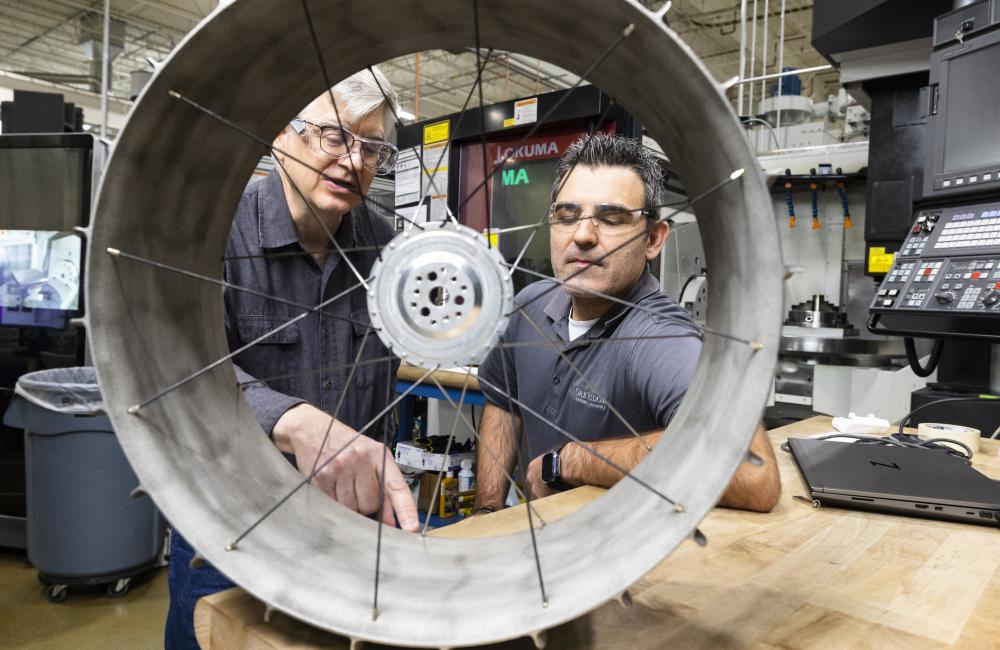
Continue reading
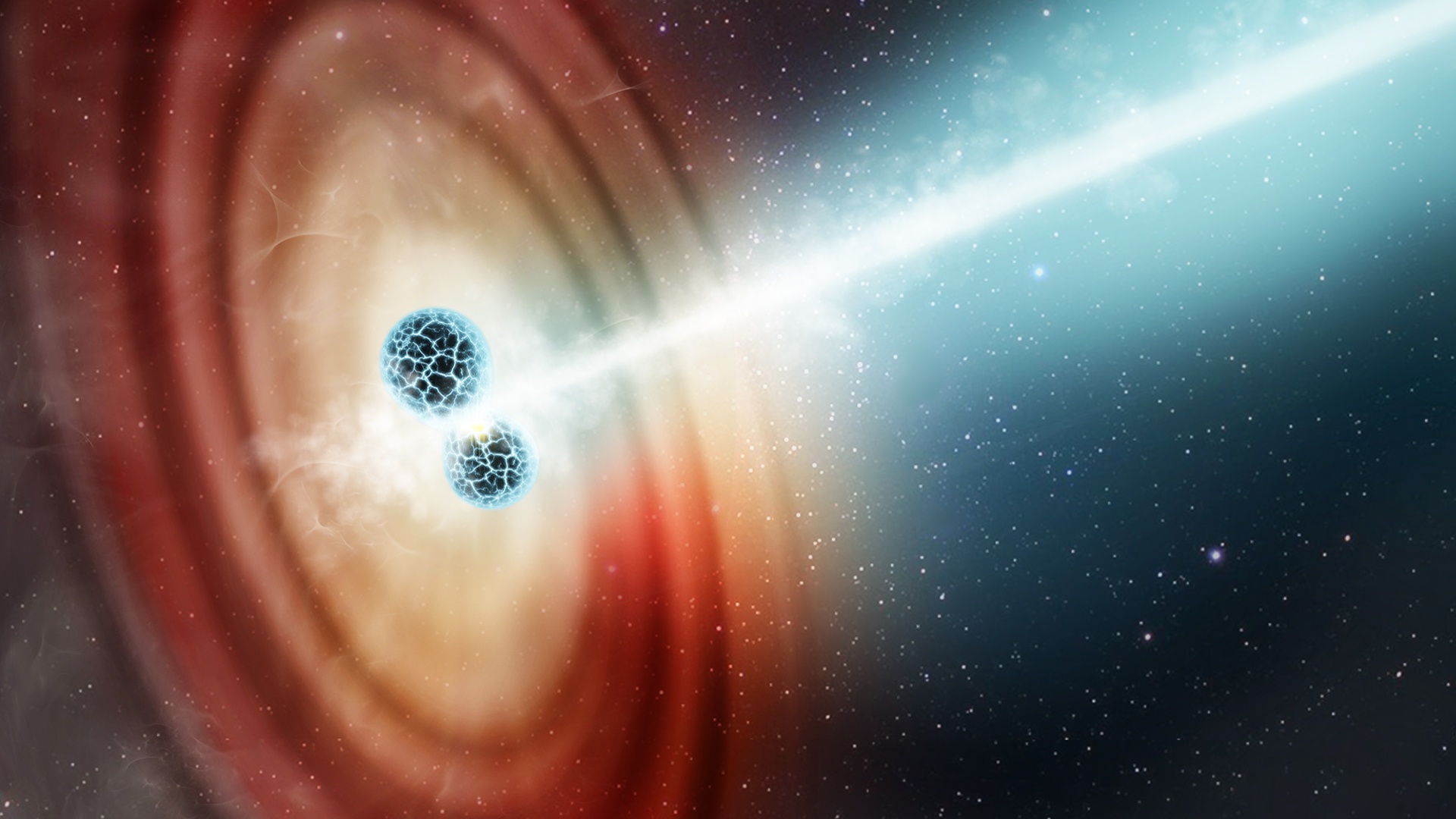
A new study presents a novel and independent method for measuring cosmic expansion using kilonova
Continue reading
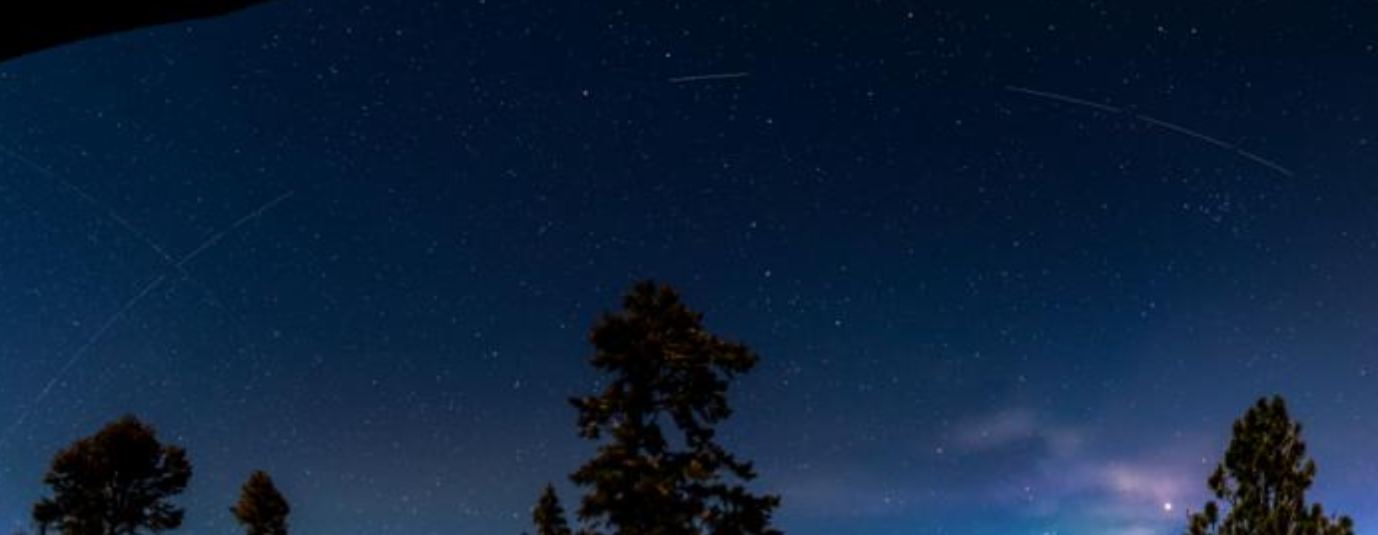
Continue reading
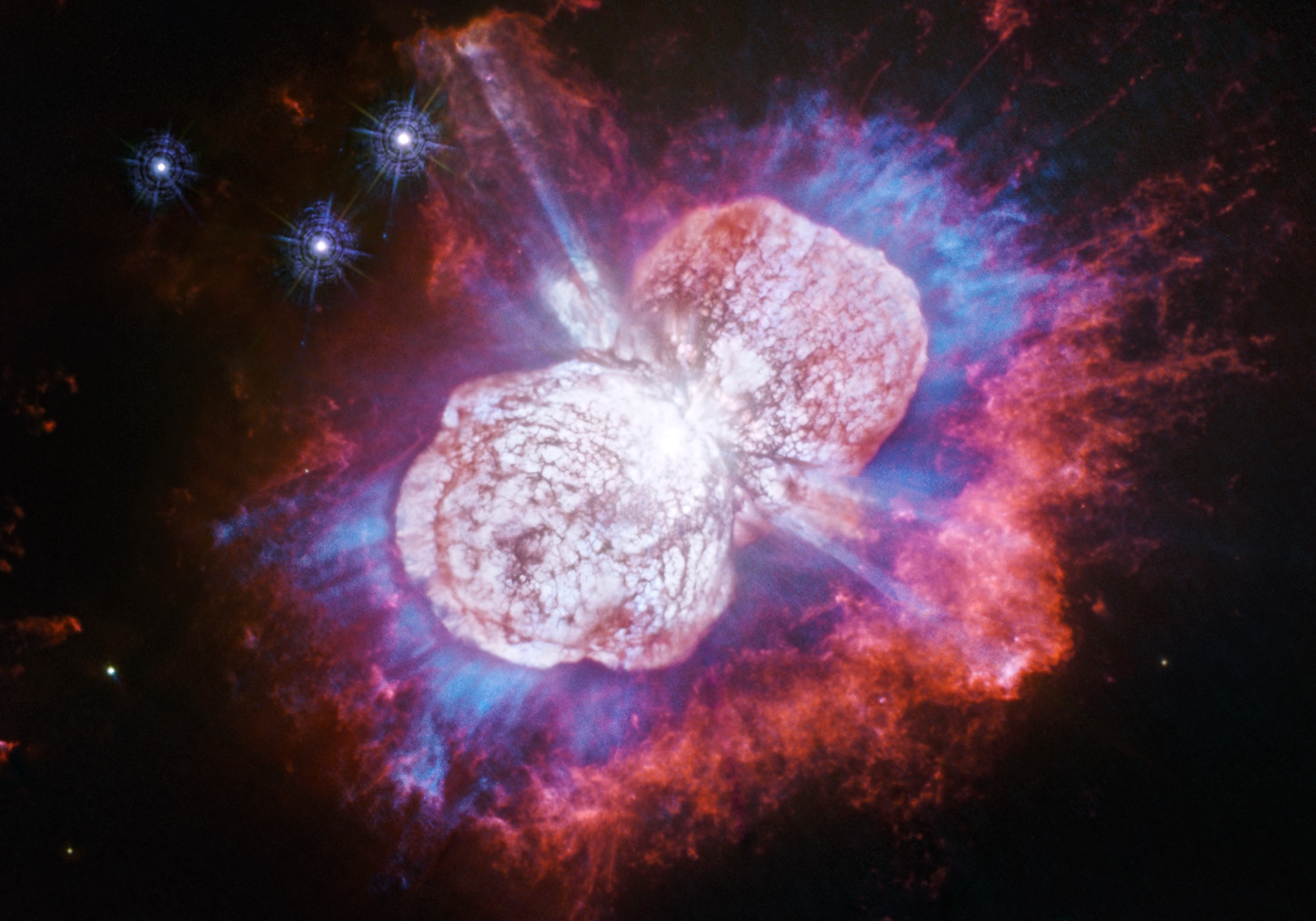
n 1840, a seemingly innocuous star, Eta Carinae, suddenly brightened to become one of the brightest stars in the sky before slowly fading again. We now know that Eta Carinae is one of the most massive stars in the Milky Way, and this event - dubbed "the Great Eruption" - released 10 to 45 times the mass of the Sun into space. And yet, the star survived. What happened? The Chandra X-Ray Observatory has peered at the star and helped astronomers discover new details about the explosion and what might have led to this event.
Continue reading
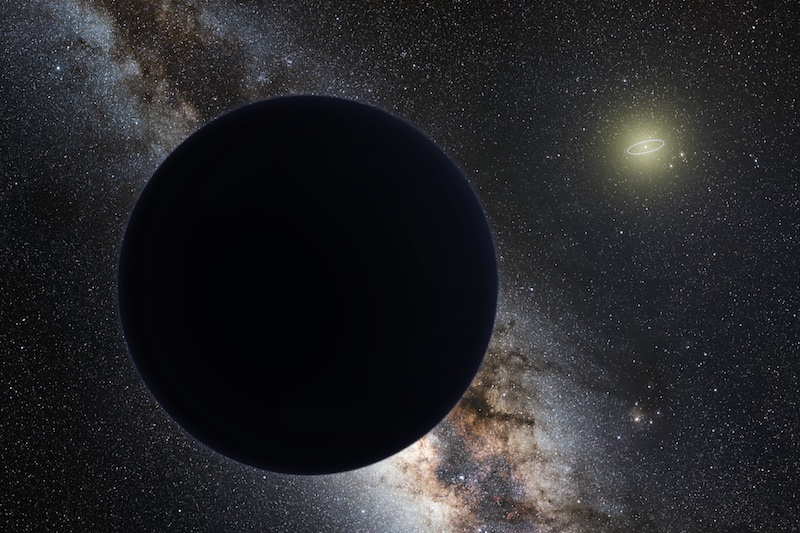
Continue reading
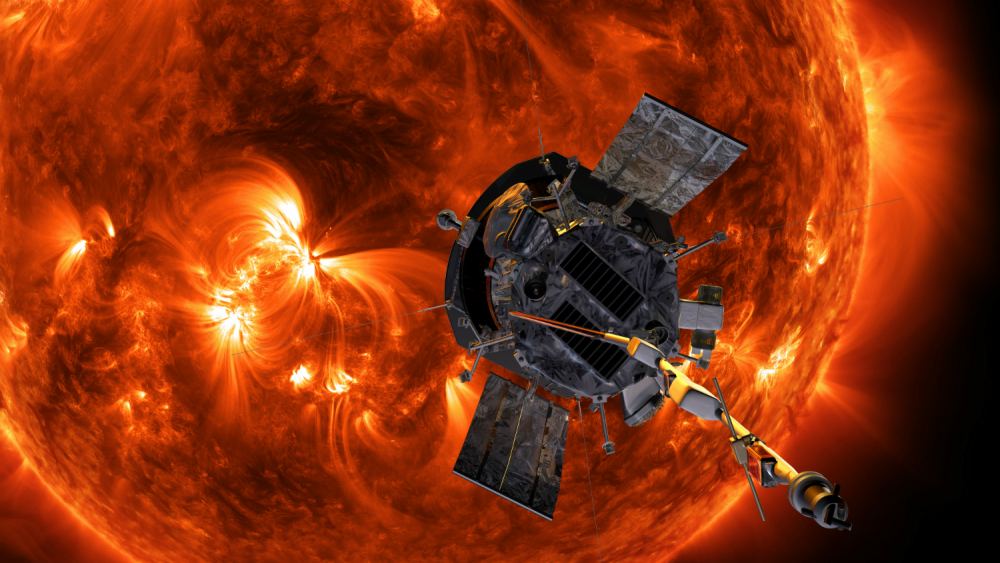
Continue reading
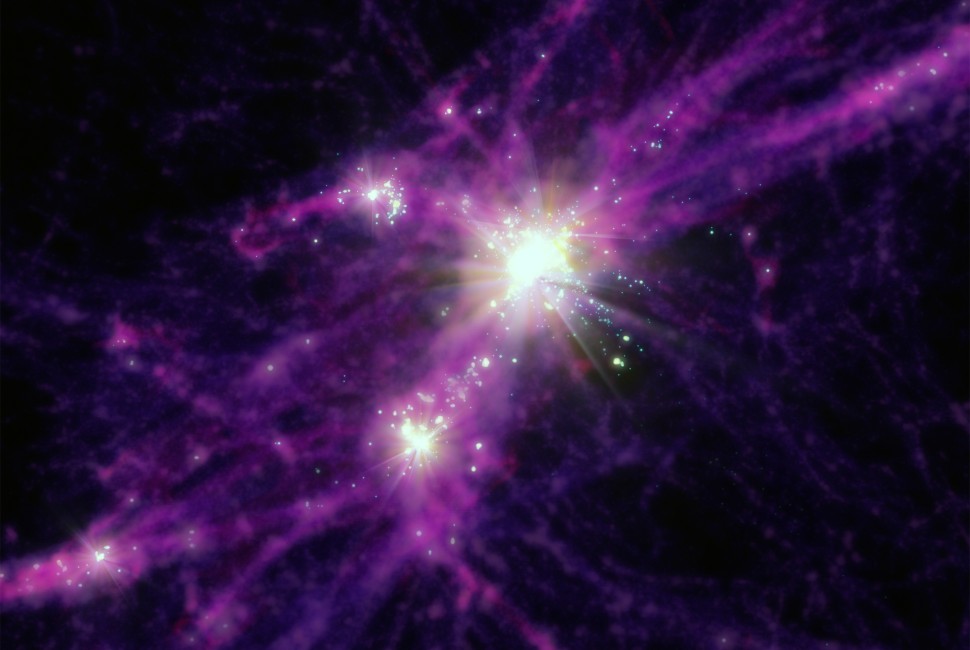
A new series of simulations from Northwestern shows that those impossibly large galaxies were actually just very, very bright!
Continue reading
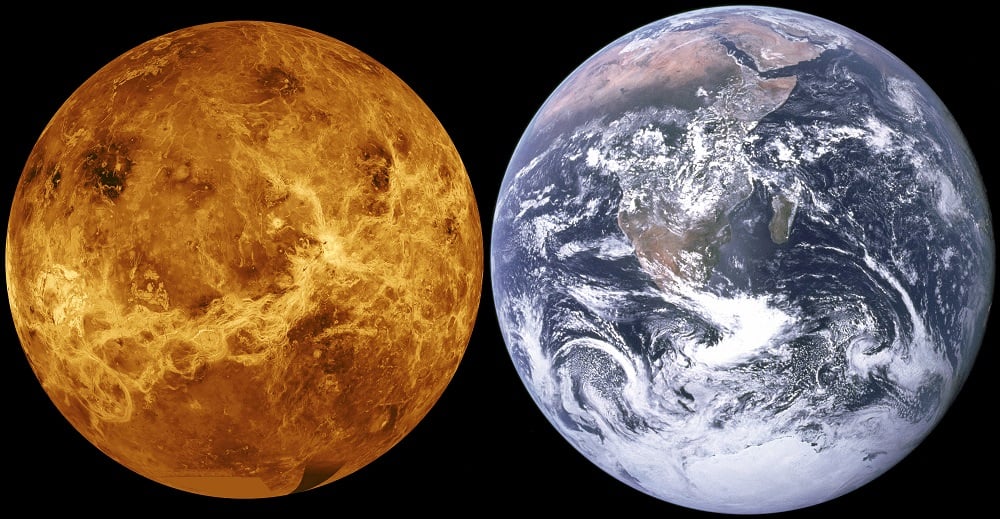
Continue reading
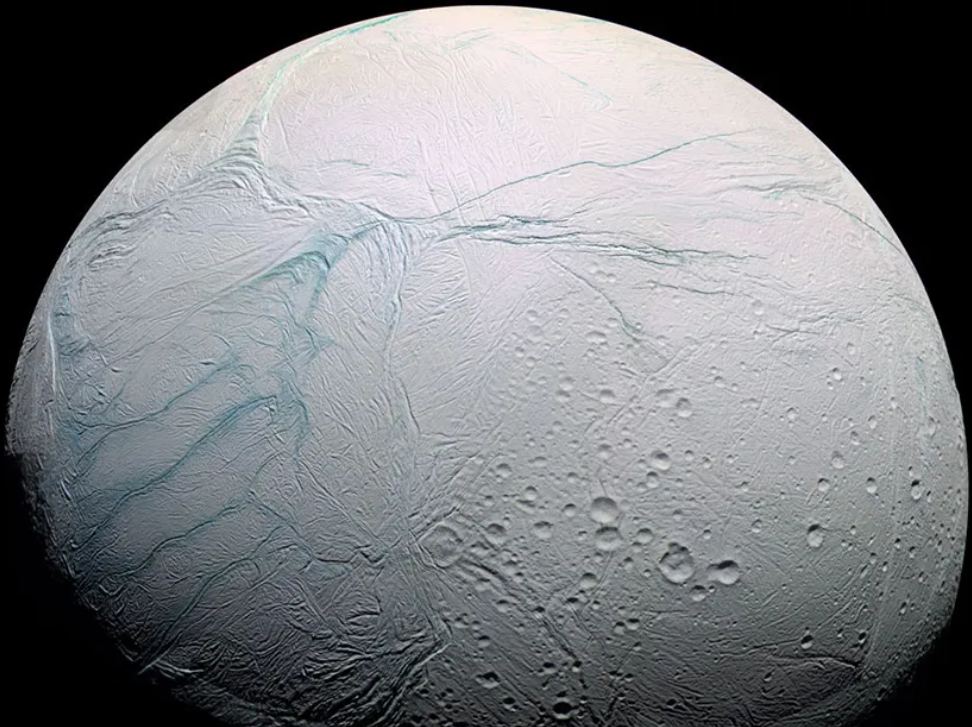
Continue reading
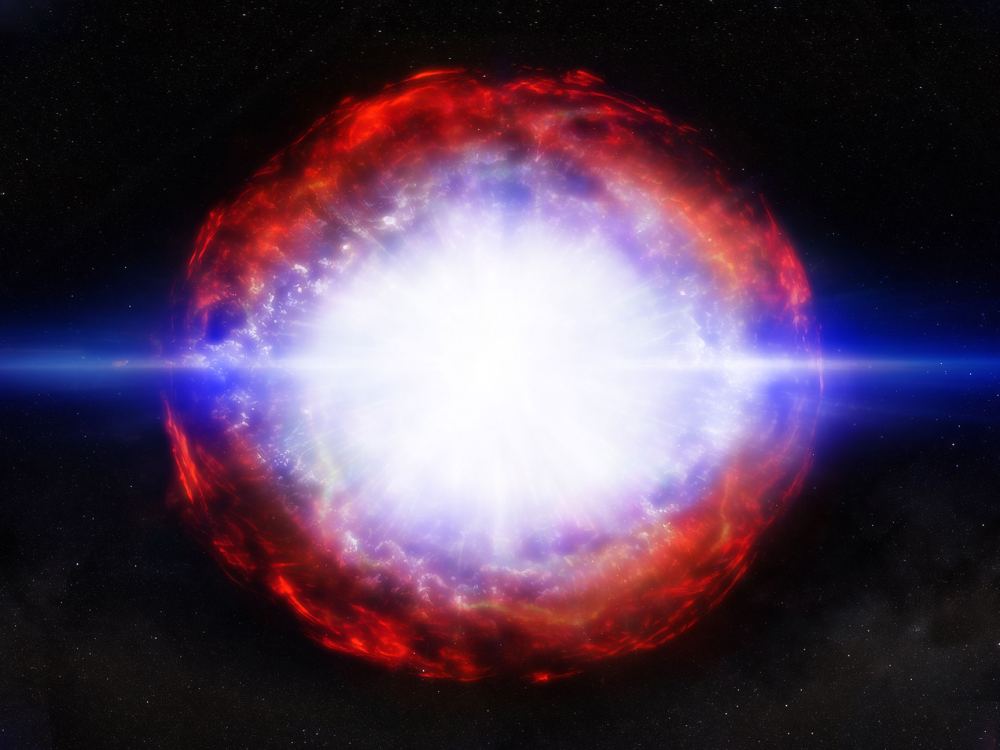
Continue reading




















